Introduction
White radish stewed shrimp is a classic dish that marries the delicate sweetness of shrimp with the earthy, slightly peppery flavor of white radish. This hearty yet elegant meal is beloved in many Asian cuisines, particularly in Chinese and Japanese home cooking. The combination of seafood and root vegetables creates a harmonious balance of textures and tastes, while the stewing process allows the flavors to meld into a rich, comforting broth. Whether you’re a seasoned home cook or a novice in the kitchen, this recipe is accessible, nutritious, and endlessly customizable. In this guide, we’ll explore the art of preparing white radish stewed shrimp, from selecting the freshest ingredients to mastering the cooking technique. We’ll also delve into the health benefits of this dish, tips for enhancing its flavor, and creative variations to suit your palate.
Ingredients: Building the Foundation of Flavor
To create a memorable white radish stewed shrimp, start with high-quality ingredients. Here’s a breakdown of what you’ll need:
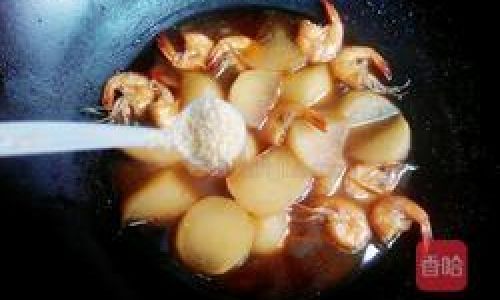
- Shrimp (1 lb / 450g): Opt for fresh, medium-to-large shrimp with shells intact. The shells add depth to the broth, but you can use peeled shrimp if preferred.
- White Radish (1 medium, about 1.5 lbs / 680g): Also known as daikon, this mild, crunchy root vegetable forms the dish’s backbone.
- Aromatics:
- Garlic (4 cloves, minced)
- Ginger (1-inch piece, grated)
- Green Onions (3 stalks, sliced; separate whites and greens)
- Broth:
- Chicken or vegetable broth (4 cups / 950ml)
- Water (2 cups / 475ml, if needed)
- Seasonings:
- Soy sauce (2 tbsp)
- Oyster sauce (1 tbsp)
- Shaoxing wine (1 tbsp, optional but recommended)
- Sesame oil (1 tsp)
- White pepper (1/4 tsp)
- Salt and sugar (to taste)
- Thickener:
Cornstarch (1 tbsp, mixed with 2 tbsp water)
- Cooking Oil:
Neutral oil (e.g., vegetable or canola oil, 2 tbsp)
- Garnish:
- Fresh cilantro (chopped)
- Red chili flakes (optional, for heat)
Preparation: Mise en Place
Before igniting the stove, proper preparation ensures a seamless cooking process.
-
Clean and Devein the Shrimp:
- Rinse the shrimp under cold water.
- If using unpeeled shrimp, remove the shells but leave the tails intact for presentation. Devein by making a shallow cut along the back and pulling out the dark vein.
- Pat the shrimp dry with paper towels to prevent splattering during cooking.
-
Prep the White Radish:
- Peel the radish using a vegetable peeler or knife.
- Cut it into 1-inch thick rounds, then slice each round into half-moons or quarters. Uniformity ensures even cooking.
-
Chop Aromatics:
Mince garlic and grate ginger. Slice green onions, reserving the green parts for garnish.
-
Mix the Seasoning Sauce:
In a small bowl, combine soy sauce, oyster sauce, Shaoxing wine, sesame oil, white pepper, and a pinch of sugar. Stir until the sugar dissolves.
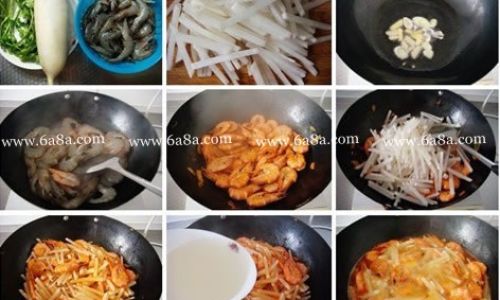
Cooking Process: Step-by-Step
Now, let’s transform these ingredients into a flavorful stew.
-
Sauté the Aromatics:
- Heat 2 tbsp of oil in a large pot or Dutch oven over medium heat.
- Add the white parts of the green onions, garlic, and ginger. Sauté for 1-2 minutes until fragrant but not browned.
-
Sear the Shrimp:
- Increase the heat to medium-high. Add the shrimp to the pot in a single layer.
- Sear for 1-2 minutes per side until they turn pink and opaque. Remove the shrimp from the pot and set aside. This step adds a caramelized flavor to the broth.
-
Simmer the Radish:
- Reduce the heat to medium. Add the radish slices to the pot, stirring to coat them in the aromatic oil.
- Pour in the broth and seasoning sauce. Bring to a gentle simmer.
- Cover and cook for 15-20 minutes, or until the radish is tender but not mushy. Pierce a slice with a fork to test doneness.
-
Reintroduce the Shrimp:
- Return the seared shrimp to the pot, nestling them into the broth.
- Simmer for an additional 3-5 minutes until the shrimp are fully cooked. Avoid overcooking, as shrimp become rubbery.
-
Thicken the Broth:
- Stir the cornstarch slurry into the pot. Cook for 2-3 minutes until the broth thickens slightly.
- Adjust seasoning with salt, sugar, or a splash of soy sauce if needed.
-
Finish with Garnishes:
Drizzle with sesame oil and sprinkle with the reserved green onions, cilantro, and chili flakes.
Serving Suggestions: Elevating the Meal
White radish stewed shrimp shines as a standalone dish or as part of a larger meal. Here’s how to serve it:
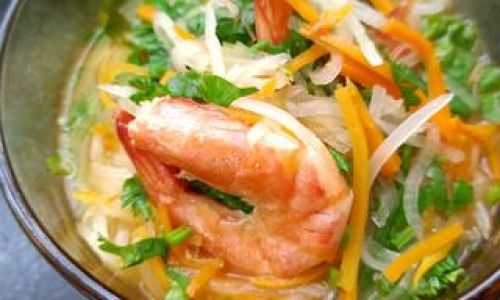
- With Steamed Rice: The stew’s savory broth pairs beautifully with fluffy white or brown rice.
- Noodles: Ladle the stew over udon, soba, or rice noodles for a heartier meal.
- Side Dishes: Accompany with steamed vegetables (bok choy, broccoli) or a crisp cucumber salad for balance.
- Appetizer: Serve in small bowls as a starter before a multi-course feast.
Health Benefits: Nutrition Meets Flavor
This dish isn’t just delicious—it’s a nutritional powerhouse.
- Shrimp: Low in calories but high in protein, shrimp provide essential amino acids, vitamin B12, and selenium.
- White Radish: Rich in vitamin C, fiber, and antioxidants, it aids digestion and supports immune health.
- Ginger and Garlic: These aromatics boast anti-inflammatory and antimicrobial properties.
- Low in Fat: Prepared without heavy creams or oils, this stew is a lighter alternative to richer dishes.
Tips for Success: Perfecting Your Technique
- Shrimp Quality: Use fresh shrimp for the sweetest flavor. Frozen shrimp work too, but thaw them completely and pat dry.
- Radish Selection: Choose firm, unblemished radishes. Larger ones may have a spicier kick, while smaller varieties are milder.
- Broth Substitutions: If unavailable, use water with a bouillon cube or miso paste for umami.
- Adjusting Seasoning: Taste as you go! Add a pinch of sugar to balance saltiness or a squeeze of lime for brightness.
- Prevent Overcooking: Shrimp cook quickly. Remove them from the pot once opaque to avoid toughness.
Variations: Customizing Your Stew
- Spicy Kick: Add Sichuan peppercorns, chili oil, or fresh bird’s-eye chilies during cooking.
- Vegetarian Twist: Substitute shrimp with tofu or mushrooms. Use vegetable broth and miso for depth.
- Creamy Version: Stir in a splash of coconut milk or heavy cream before serving.
- Herbaceous Notes: Garnish with fresh basil, mint, or dill instead of cilantro.
- One-Pot Meal: Add diced carrots, potatoes, or snap peas during the radish-simmering stage.
Troubleshooting: Common Pitfalls and Solutions
- Bland Broth: Enhance with fish sauce, more soy sauce, or a dash of rice vinegar.
- Mushy Radish: Reduce cooking time or cut thicker slices.
- Tough Shrimp: Ensure they’re not overcooked. Remove them from the heat as soon as they turn pink.
- Oily Stew: Use a paper towel to blot excess oil from the surface before serving.
Cultural Context: A Dish Rooted in Tradition
In many East Asian cultures, white radish stewed shrimp is a symbol of simplicity and nourishment. It’s often prepared during colder months as a warming dish but is enjoyed year-round. The dish’s humble ingredients belie its sophistication, making it a staple at family dinners and festive gatherings alike. Some variations include dried shrimp for umami or fermented bean paste for complexity, reflecting regional preferences.
Conclusion: A Culinary Journey Worth Taking
White radish stewed shrimp is more than a meal—it’s a testament to the magic of combining humble ingredients into something extraordinary. With its balance of flavors, textures, and nutrients, this dish satisfies on every level. Whether you’re cooking for yourself, your family, or guests, mastering this recipe will equip you with a versatile, crowd-pleasing dish. Experiment with the variations, savor the process, and enjoy the fruits of your labor. Bon appétit!
This comprehensive guide ensures that even first-time cooks can achieve restaurant-quality results. By focusing on fresh ingredients, mindful preparation, and attentive cooking, you’ll create a dish that’s both comforting and impressive. So, grab your apron, sharpen your knife, and embark on a culinary adventure that celebrates the art of simplicity.
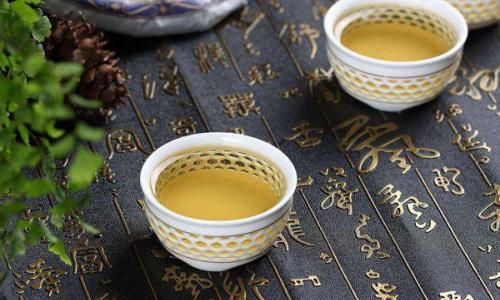

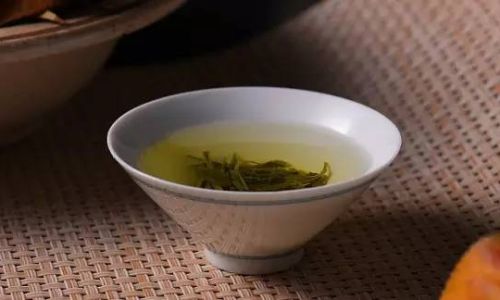
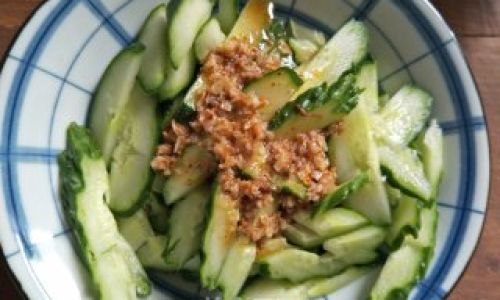
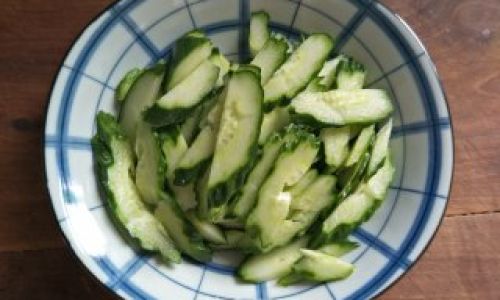
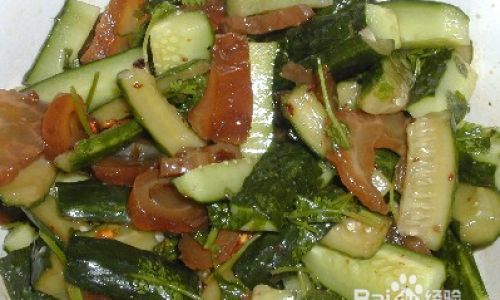
0 comments